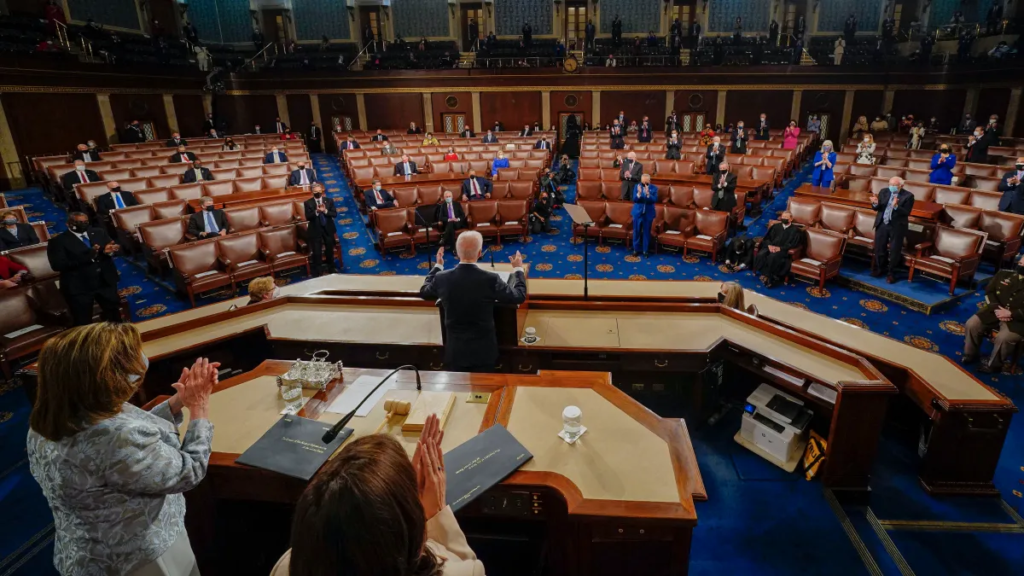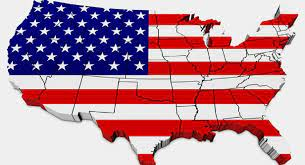The idea of state vs federal power has been at the heart of American politics since the founding of the United States. The Constitution was designed to balance authority between state governments and the federal government. Yet, throughout history, this balance has been debated, tested, and sometimes fiercely contested.
From civil rights to healthcare, environmental protection to immigration, questions about which level of government should take the lead remain central to policymaking. These power struggles influence not only laws and regulations but also the daily lives of Americans.
Historical Roots of State vs Federal Power
The U.S. Constitution established a system of federalism, dividing power between national and state governments. This was a compromise between those who wanted a strong central government and those who preferred more autonomy for the states.
The Tenth Amendment reserves powers not explicitly granted to the federal government for the states, while the Supremacy Clause establishes that federal law takes precedence over state law. This built-in tension has sparked centuries of debate.
Key historical examples highlight these struggles:
- Nullification Crisis (1832): South Carolina tried to ignore federal tariffs, arguing for state sovereignty. The conflict tested the limits of federal authority.
- Civil War (1861–1865): Perhaps the most extreme example, where disputes over slavery and states’ rights erupted into armed conflict.
- Civil Rights Era (1950s–1960s): Federal courts and laws overruled state laws that enforced segregation, reshaping American society.
These moments show how struggles between state and federal power have been central to defining American democracy.

Modern Arenas of Power Struggles
Healthcare
The Affordable Care Act (ACA) of 2010 highlighted differences in power. While the federal government created broad healthcare reform, states gained the choice to expand Medicaid or not. Some states embraced expansion to provide health coverage for more residents, while others rejected it, leaving millions without access.
Immigration
Immigration law is primarily a federal issue, but many states and cities pass their own measures to either cooperate with or resist federal policies. “Sanctuary cities,” for example, limit cooperation with federal immigration enforcement, sparking lawsuits and debates about local vs national authority.
Marijuana Legalization
Despite marijuana being illegal under federal law, many states have legalized it for medical or recreational use. This creates legal gray areas where state laws conflict with federal prohibitions, raising questions about enforcement and economic regulation.
Education
Curriculum, testing, and school funding often become battlegrounds. While states oversee education, federal initiatives like No Child Left Behind or Common Core sought to standardize learning across the country. Resistance to such programs highlights ongoing tension.
Environmental Policy
The federal government enforces nationwide standards through the Environmental Protection Agency (EPA). However, states like California often pursue stricter rules on emissions and climate change, sometimes clashing with federal efforts to loosen regulations.
Why the Struggle Continues
Several reasons explain why state vs federal power debates persist:
- Diverse Populations: The U.S. is large and diverse, with regions holding different values and needs. Federal laws may not fit all local contexts.
- Political Polarization: States often align with different political parties than the federal government, leading to conflicts over policy priorities.
- Economic Interests: States compete to protect their industries, sometimes resisting federal regulations they believe harm local economies.
- Legal Ambiguity: The Constitution leaves many areas open to interpretation, allowing both levels of government to claim authority.
Pros and Cons of State Power
Advantages
- Flexibility to address local needs and cultures.
- Opportunity for innovation through state-level policy experiments.
- Closer connection between governments and citizens.
Disadvantages
- Inconsistent laws across states can cause confusion.
- Risk of states limiting rights, as seen in historical segregation laws.
- Unequal access to resources and services depending on where people live.
Pros and Cons of Federal Power
Advantages
- Provides uniform protections and standards nationwide.
- Can enforce civil rights and liberties when states fail to do so.
- Ensures equal access to services such as healthcare and education.
Disadvantages
- Policies may not fit local conditions or preferences.
- Overreach can reduce state autonomy and innovation.
- Federal bureaucracy can slow down decision-making.
The Role of Courts
The judicial system plays a major role in settling disputes between state and federal governments. Landmark Supreme Court cases like McCulloch v. Maryland (1819), Brown v. Board of Education (1954), and more recently, rulings on healthcare and environmental regulation, have shaped the balance of power.
Courts act as referees, interpreting the Constitution to decide whether federal or state governments hold authority in specific cases.
Current Examples of State vs Federal Power
- Abortion Rights: After the Supreme Court overturned Roe v. Wade in 2022, states gained authority to regulate abortion. The result is a patchwork of laws across the country.
- Gun Laws: Federal regulations exist, but states pass their own restrictions or expansions, often leading to lawsuits about constitutionality.
- Voting Rights: While federal law provides baseline protections, states manage elections. Disputes over voter ID laws, mail-in ballots, and redistricting highlight tensions.
These examples show how the balance of power is not fixed but constantly shifting based on political, legal, and cultural changes.

The Impact on Democracy
State vs federal power struggles influence how Americans experience democracy. When states resist federal authority, citizens may see different rights and opportunities depending on their location. At the same time, federal intervention can protect individuals from discriminatory state practices.
The tension ensures ongoing debate about what democracy should look like—more centralized and uniform, or more localized and diverse.
Looking Ahead
As the U.S. faces new challenges such as climate change, digital privacy, artificial intelligence, and global pandemics, the question of state vs federal power will remain central. Emerging technologies and crises often require national coordination, but states will continue to demand independence to address local needs.
Policymaking in the U.S. will likely remain a tug-of-war, shaped by courts, political shifts, and public opinion.
Conclusion
The struggle of state vs federal power is one of the defining features of American democracy. From early constitutional debates to modern conflicts over healthcare, immigration, and rights, this tension reflects the challenge of governing a diverse nation.
While sometimes frustrating, these power struggles are also a strength. They ensure debate, prevent absolute control by one level of government, and allow both national and local voices to shape policies.
In the end, the balance between state and federal authority is not fixed—it evolves with time, politics, and the needs of the people. And in that evolution lies the essence of American democracy.
Do Follow USA Glory On Instagram
Read Next – Popular Culture and American Identity in the Digital Age






